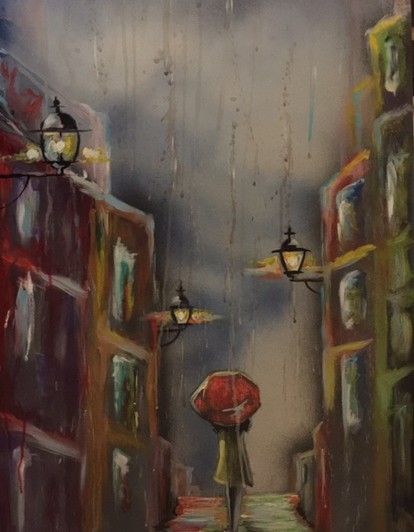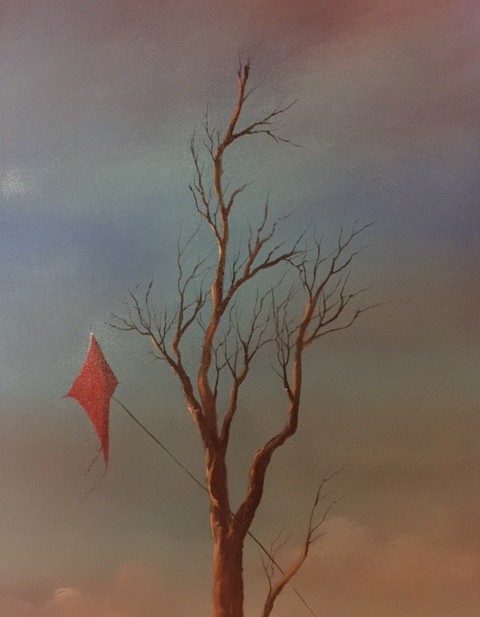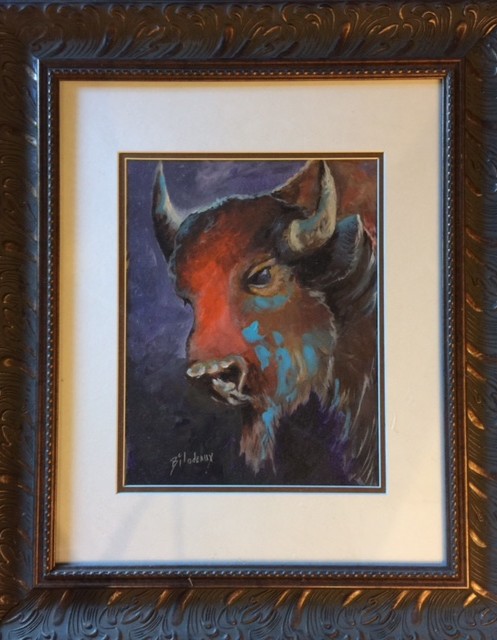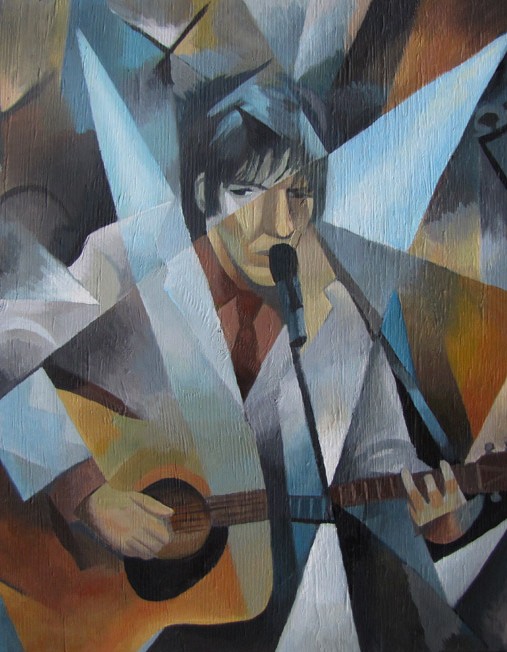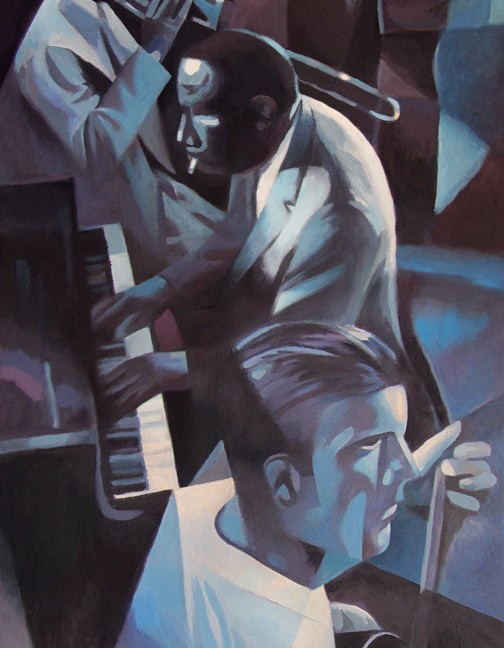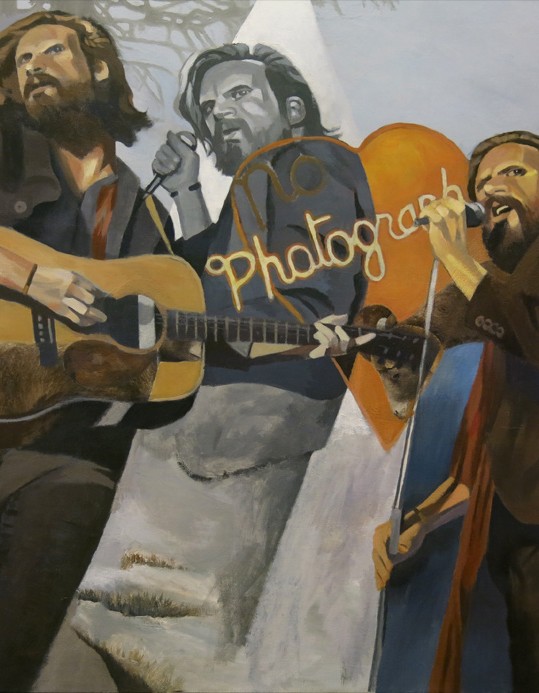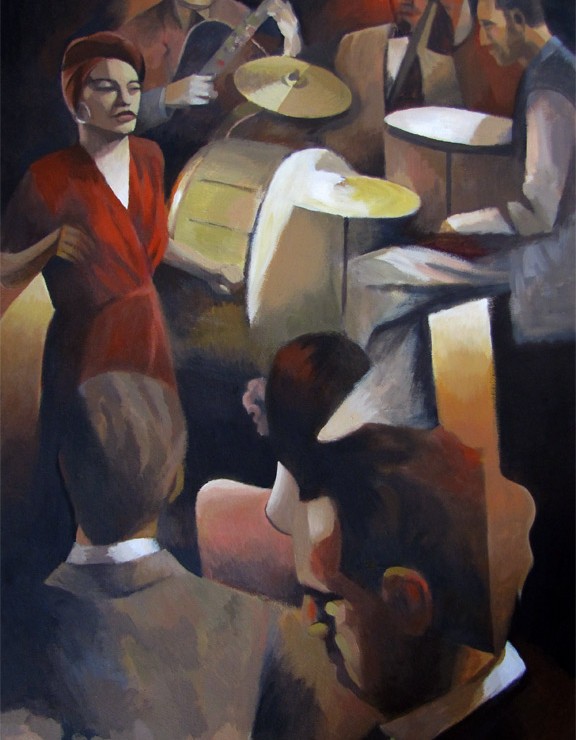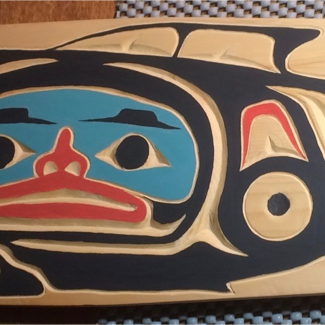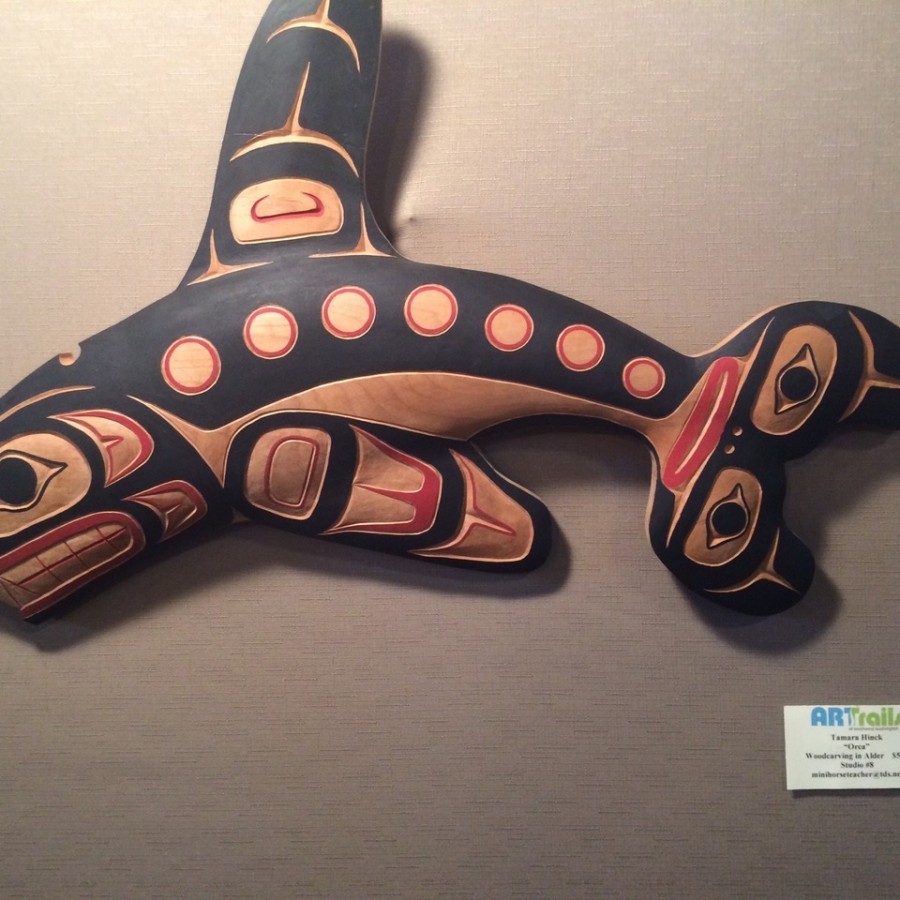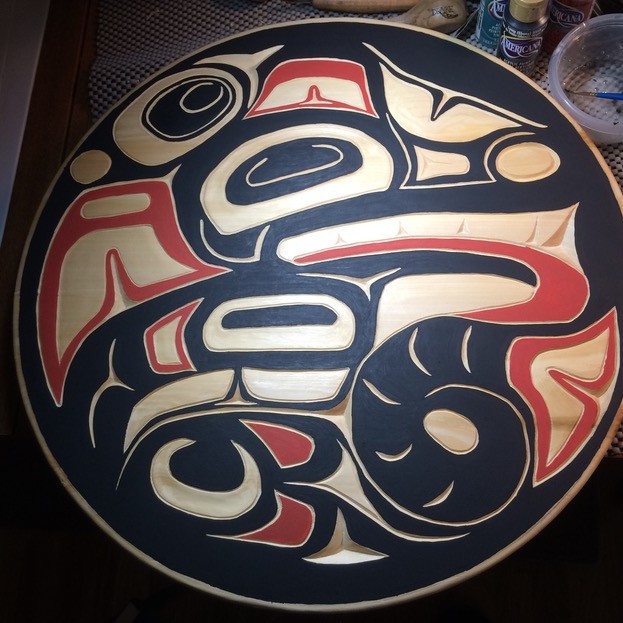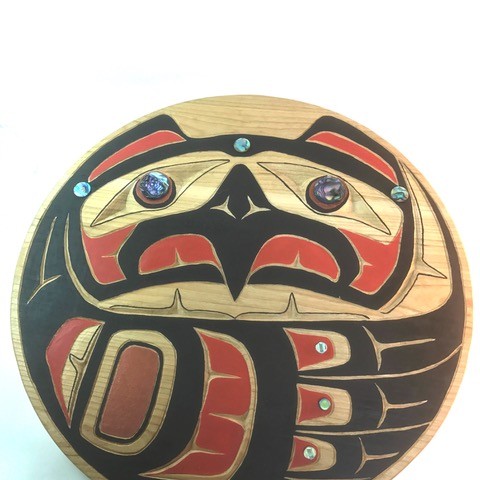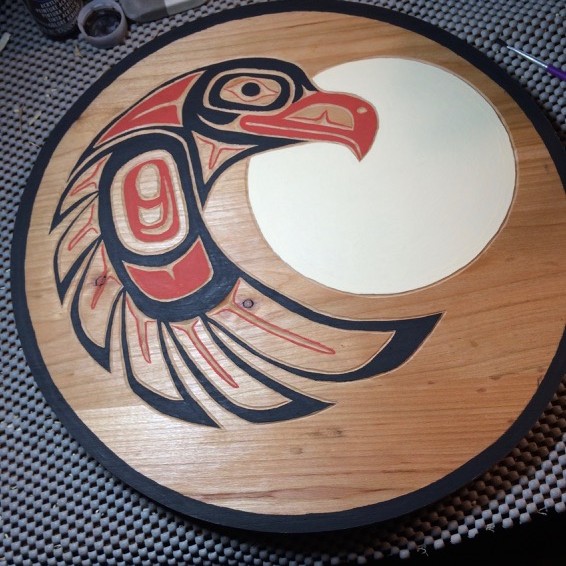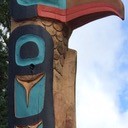Join us at First Thursday, March 2nd to meet the featured artists Gary Bilodeaux, Scott Erwert, and Tamara Hinck
During the March 2nd, First Thursday from 5:30 pm to 7:30 pm, enjoy the music of John Crocker and help us celebrate some great artists’ work.
Gary Bilodeaux – Painter

Gary Bilodeaux
Gary Bilodeaux was born in Boston, Massachusetts. He has been an artist from the age of 8, with Charlie Brown and the Peanuts gang as his first models. His love for art did not wane when his main focus necessarily turned to the support and rearing of his family. Currently, he is working full time as a provider in a local hospital Emergency Room. He has a Bachelor’s degree in science, a Master’s in Education and is a Doctoral candidate in Psychology. Even with all these responsibilities, he continues to pursue art in all of its forms, and has built up a fabulous inventory of original paintings, drawings and sculpture. He has even written “Louis’”, a children’s story complete with his own original illustrations.
Although he has worked in many mediums, he is currently focused on acrylics. He loves portrait painting and always finds a way to add vibrancy to the face. His art truly pops off the canvas. He moves fluidly through various subject matters and continually seeks new ones.
He hopes that you will find great pleasure in gazing into one of his creations. If you listen closely, you can hear the music he is listening to in each created piece. Indeed, if you take the time to ponder them, you will find the one you can’t live without—perhaps it will be a collection, as it was for me.
Valerie Johnson, Art Collector
Scott Erwert- Painter
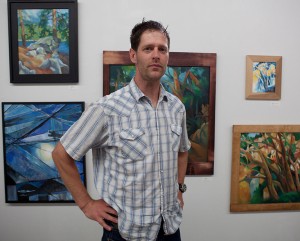
Scott Erwert
I am often captivated by what I see, but usually there is an emotional trigger that drives me to interpret every day occurrences into a visual language of my own making. These moments can happen when stumbling upon the simple awe of a landscape, or biking over a favorite bridge and noticing how the view changes by the second, or when experiencing a live music performance. I feel compelled to communicate these experiences in a natural way but also infuse it with an emotional layer of meaning. There’s a connection there, or something that draws me in. It’s my job to find the connection through paint and the 2D surface. Sometimes it reveals itself quickly and organically; other times it’s a struggle that takes time and hard work in order to pull out the meaning and uncover the soul of the thing.
My current work shows the progress of this path — the struggles and results of constantly searching for those meanings. My process usually involves sketching plein air to capture the physical place or moment, then bringing those studies into the studio to edit, simplify and develop further. With sketches, I utilize my sketchbooks and mediums which can be used to capture information quickly: graphite, colored pencils, watercolor and gouache. Paintings based on these studies generally involve the use of either acrylic, oil, watercolor, even collage if the piece calls for it. The surfaces of final paintings are either done on canvas or wood, on which I sometimes build framing devices out of repurposed wood scraps salvaged from a neighborhood furniture store. I like to think that the hand crafted quality of the frames helps to tell part of the story of each piece.
I keep coming back to a couple of themes in my work: nature vs progress, and music. Currently, I am painting pictures of some of my own personal musical influences. Those artists, who from a cultural level, are pushing the genre forward in their own individual way. Through the music, writing, performance, or vocal stylings, they are reaching (in my opinion) a level of artistry that few ever come close to. Through painting, I am attempting to not only praise them, but also to try and show what it is that makes them unique and important to me.
Painting for me is a necessity. It is my means of expression and communication. My goal in painting is at the same time simplistic and difficult: to create a refrain that gets caught in the viewers’ head so as to never tire of looking—just as a melody from a song will ingrain itself. It doesn’t have to be explainable —instead it should contain a depth and intricacy which invites a visual dialogue. I am intrigued by the balance between representation versus abstraction. There is a beauty that happens when something goes beyond a linear representation and flirts with the unknown. The best work usually comes from this struggle of balance.
Tamara Hinck-Wood Carver
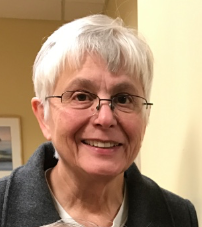
Tamara Hinck
I started woodcarving in 2003. I am a member of several carving guilds in Western Washington and Oregon. I have won 1st Place and Best of Division awards at the Intermediate level. I carve primarily in the Northwest coast native style as well as caricatures and novelty items like golf balls!
Using the basic form lines of the Northwest Coast Native art style, I carve Red Cedar, Yellow Cedar, Alder, Basswood and Cherry. My pieces range in size from totem poles to small bowls, masks and miniatures. I get my inspiration from ancient pieces such as a grease bowl or mask, and from carvers such as David Boxley and Robert Davidson. This style of carving is precise and regimented but leaves enough interpretation to the artist so that a story can be told using the shapes, ovoids, and colors of the Haida, Tlingit, and Tsimshian cultures.
Totem Poles, usually called story poles, have the figure of a creature such as Bear, Raven, Beaver and others including Man to tell the story. Items like bowls, paddles, and plaques use the basic colors of black (primary), red (secondary), and white (tertiary) to enhance the carving. Form Lines are seldom straight lines but can swirl around a circle representing the shoulders, hips and tails of wolves, the beaks of Raven and Eagle, and the claws of Bear and Beaver.
When I carve a piece, planning is the first and most essential process. Hopefully every thing in the story can fit in the space. The basic form lines set the boundaries and the cuts set out the figure of the story. Not all pieces are painted, sometimes the cuts alone tell the story and the wood carries the message.
The tools I use are both europian carving tools such as gouges and chisels. Large pieces often utilize a mallet. In addition I often use “native” style tools such as crooked knives and adzes.
I live in Onalaska, Washington. I am show my carvings during ARtrails of Southwest Wa. You can see more of my carvings on my Facebook Page …Myfavoritewood and on my web page myfavoritewood.com.

